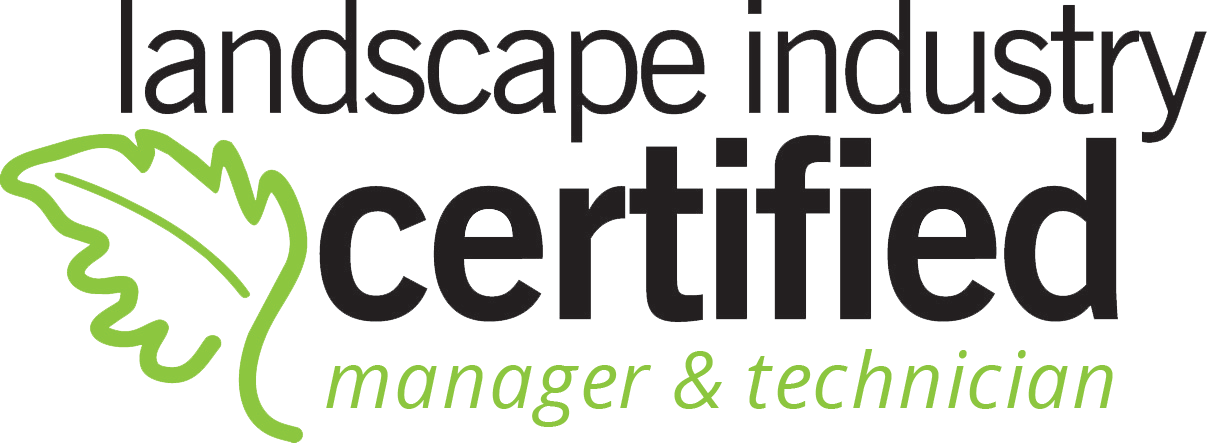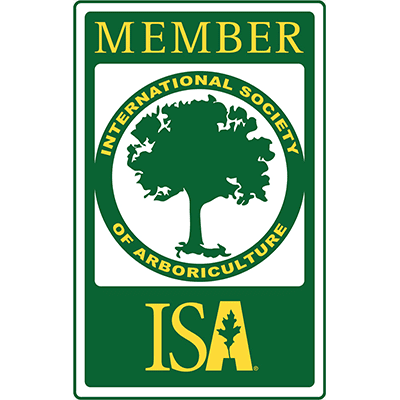Grass clippings, fallen leaves and branches can clutter your lawn and take away from all of your efforts to keep it looking great. Like dust on your framed family photos or water spots on your freshly washed car, these annoying details can camouflage the beauty beneath and drive you crazy at the same time. Perhaps this is the year best to test a new strategy when it comes to your yard waste.
There are two main options when it comes to dealing with your yard waste:
-
Embrace and Utilize – other than lawn gnomes and other “art”, most items in or on your yard are comprised of organic material. While they can be potentially unsightly if left to decompose naturally in large clumps, grass clippings and leaves contain nutrients that can be worked back into the soil if managed properly. Grass clippings left on the lawn can provide up to 25% of the lawn’s total fertilizer needs. Mulching lawn mowers cut the grass into fine pieces which fall easily to the soil surface where microorganisms break them down and release nutrients. Even a standard lawn mower with a sharp blade will do the trick. As they say in Addison, TX, just “leave it a lawn…not only will you provide a natural fertilizer, but you’ll save money, time and energy, both for yourself and the community.”
-
Collect and Dispose – if your kids will be running barefoot through the grass all summer and leaving the clippings on the lawn just won’t work, you still have a couple of options:
Compost – this is another great way to extract all the nutrients out of your clippings and avoid taking up extra room in landfills. When properly composted, yard waste and kitchen waste such as vegetable scraps, eggshells and coffee grounds can improve the quality of nearly any soil. Use it in your vegetable or flower garden, house plants or when planting grass in brown or high traffic areas. A complete guide to composting published by Colorado State University can be found for free here.
-
If you live in the city, produce little waste and have no use for it, most municipalities offer collection services as part of their greater waste management services or for an additional fee. Here in Savannah, GA, yard waste such as leaves and grass cuttings must be bagged in biodegradable brown bags and placed curbside. Up to 15 bags will be collected each week, the day following regular refuse collection. Check your local city services website for the collection schedule and requirements in your area.
Regardless of how you plan to use or dispose of your yard waste, creating less of it in the first place will make your life easier. Here are some great mowing tips from the Chatham County, GA – Public Works Department:
-
Remember the 1/3 Rule: Remove no more than 1″ of grass or the top 1/3 of the blade each time the yard is mowed.
-
Mow in a pattern that evenly distributes the grass clippings.
-
Mow every 5 to 7 days during the spring and summer months.
-
Mowing more often actually saves time because clippings are not being bagged.
-
Mow when the grass in dry. Dry grass scatters better than wet grass.
{{cta(’70fa15d1-ca6d-44b4-b704-bbbecdd5d2a5′)}}










Leave a Reply